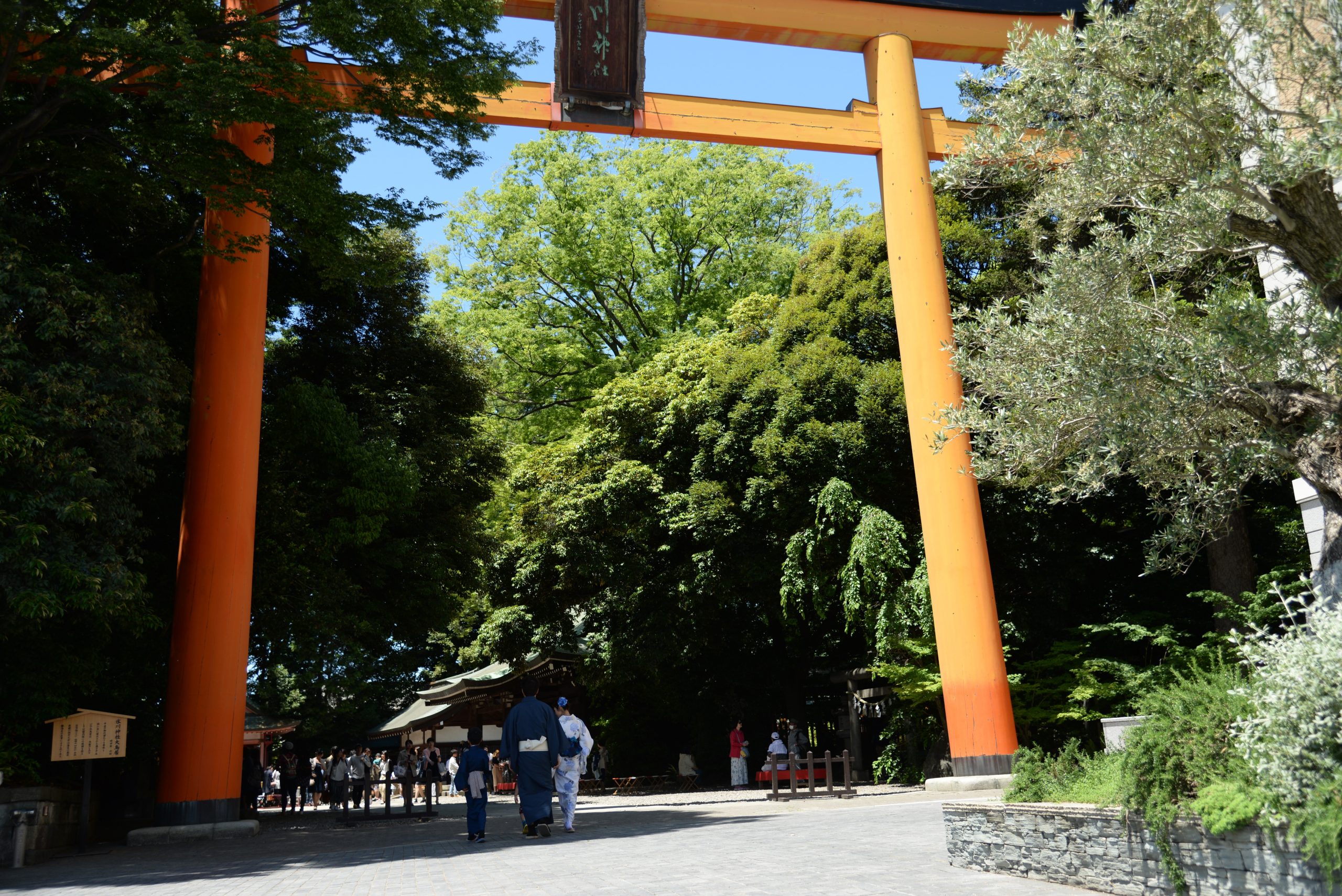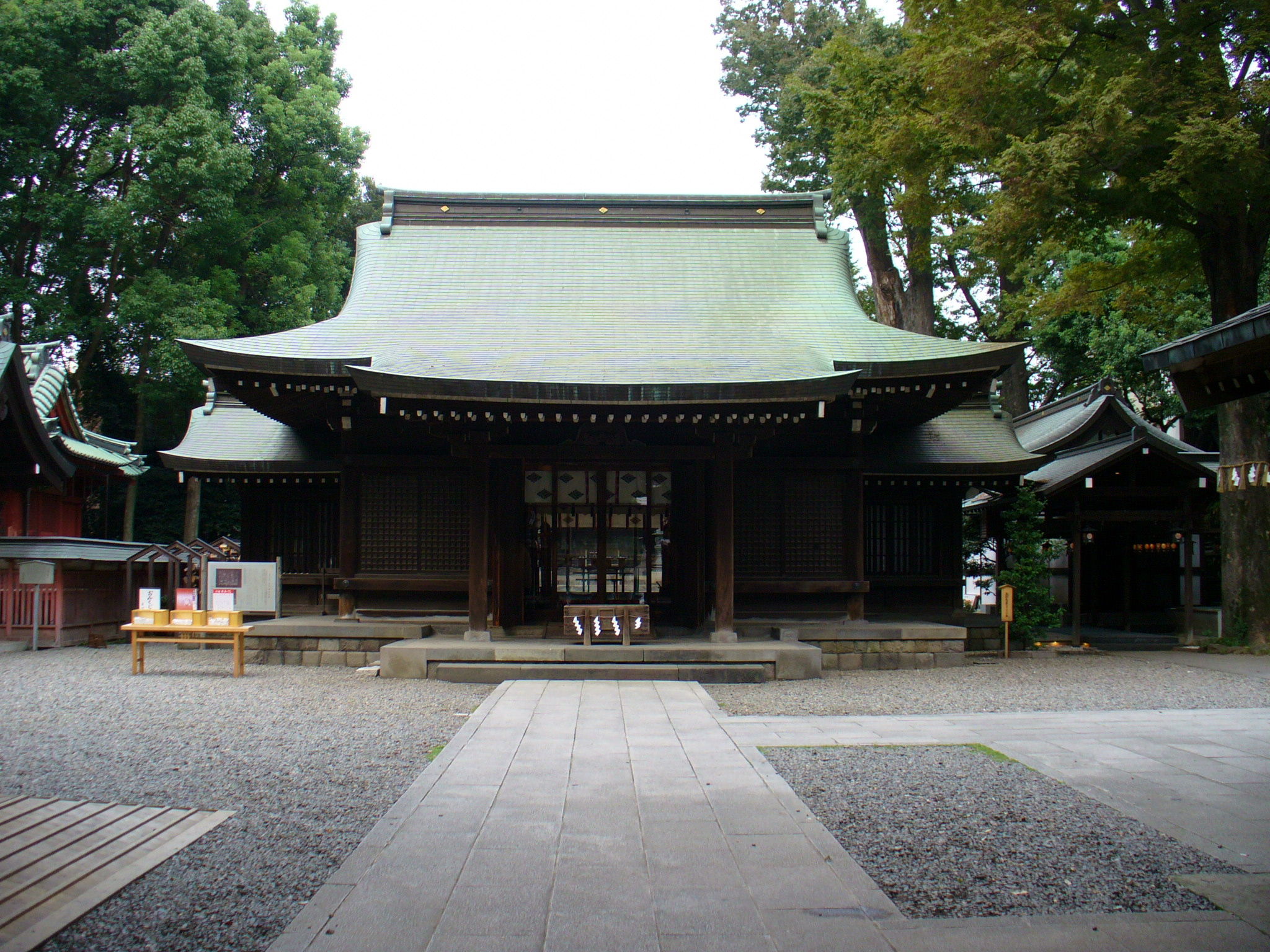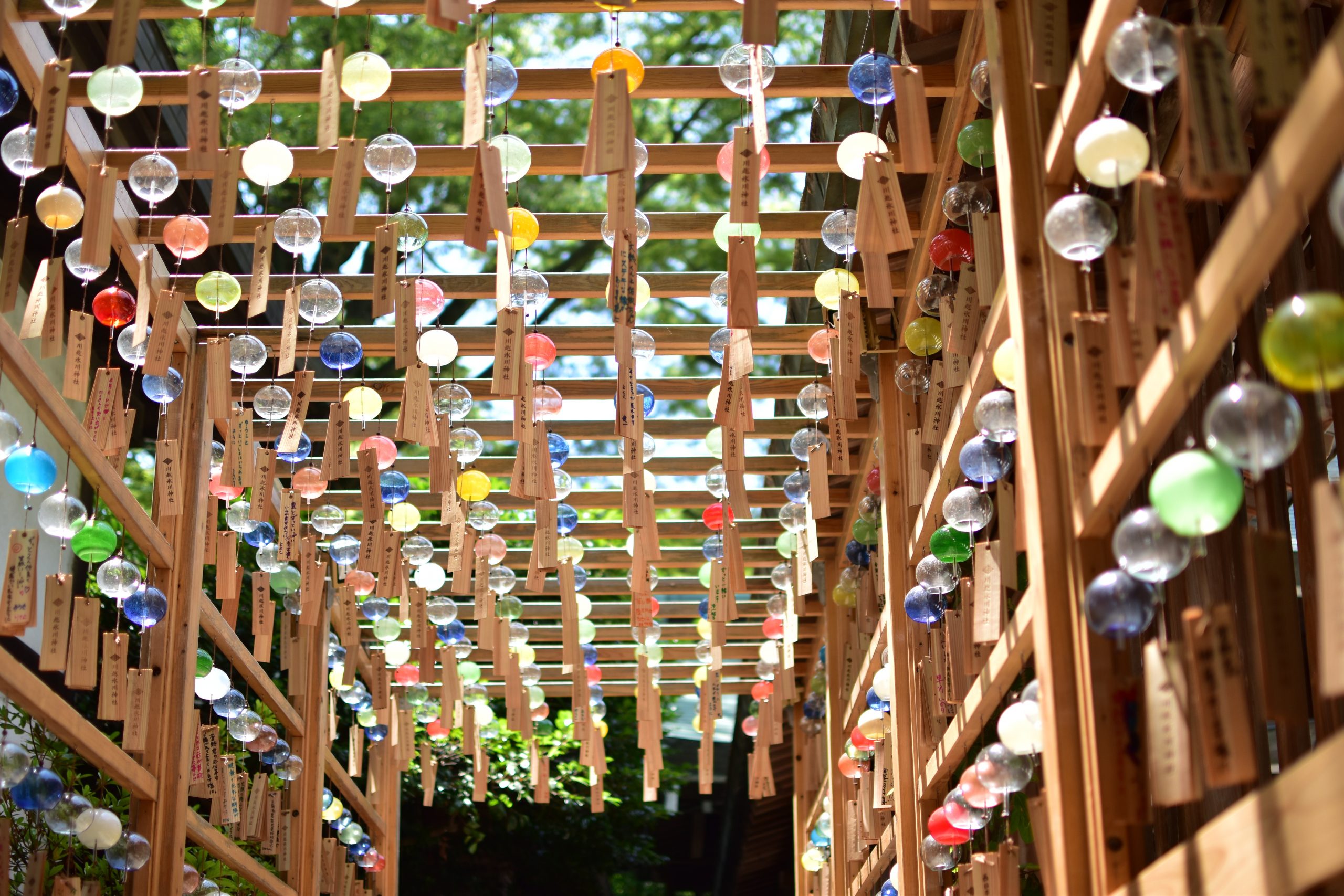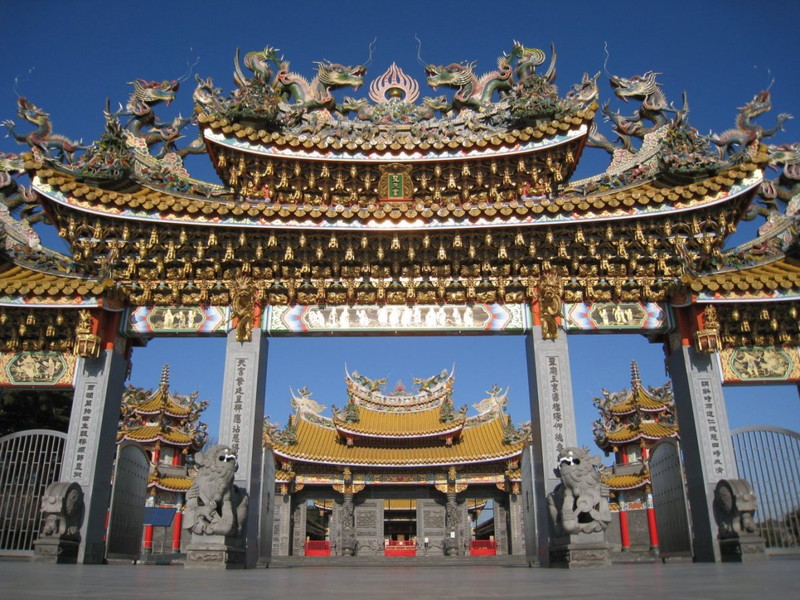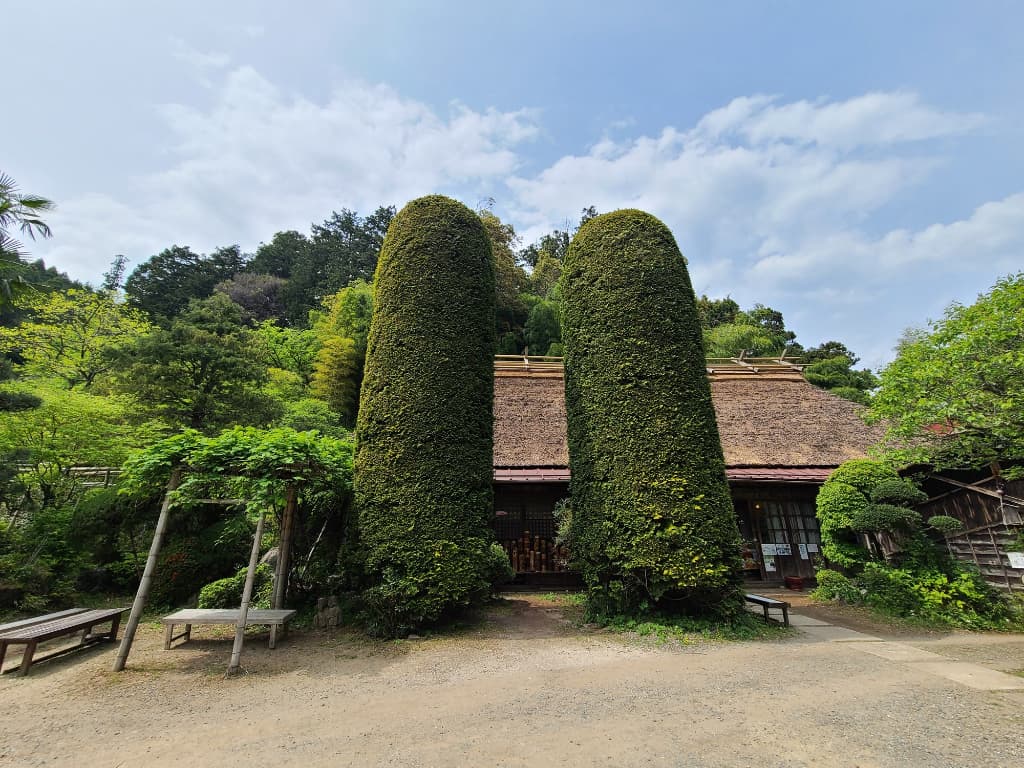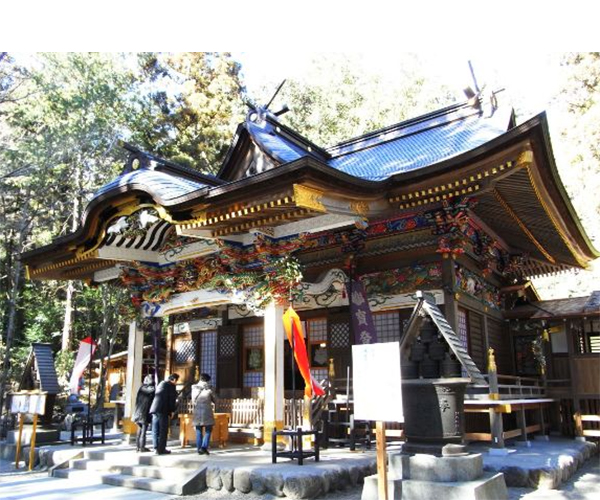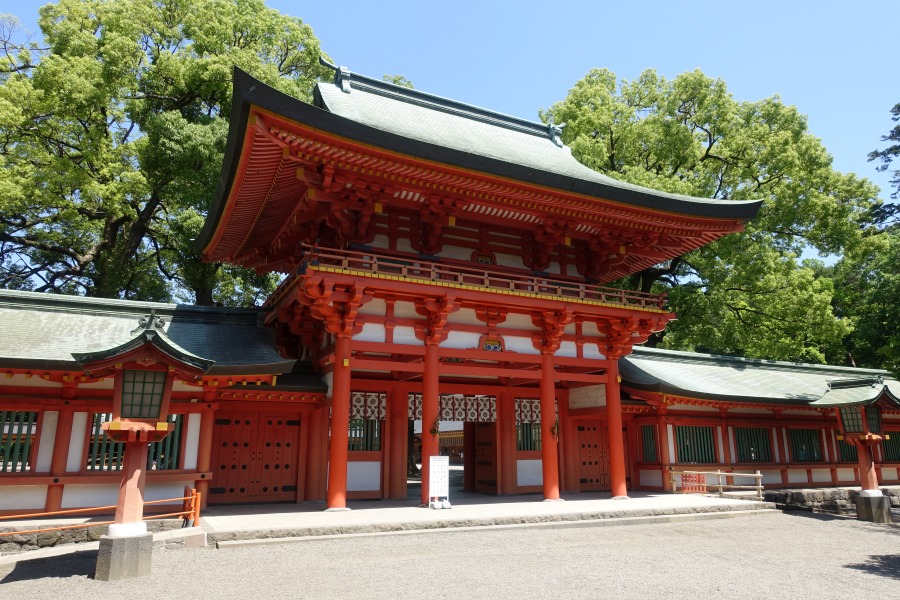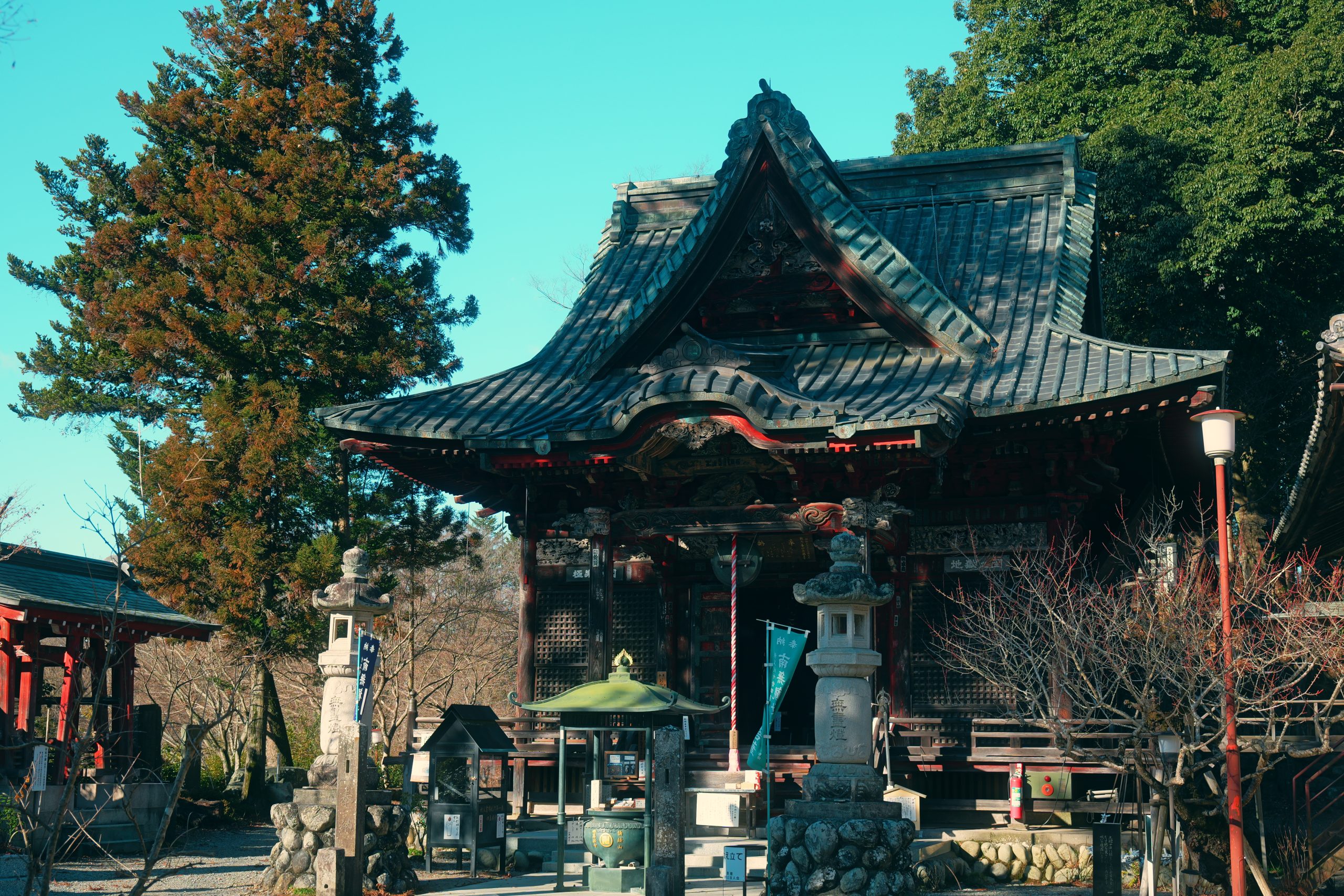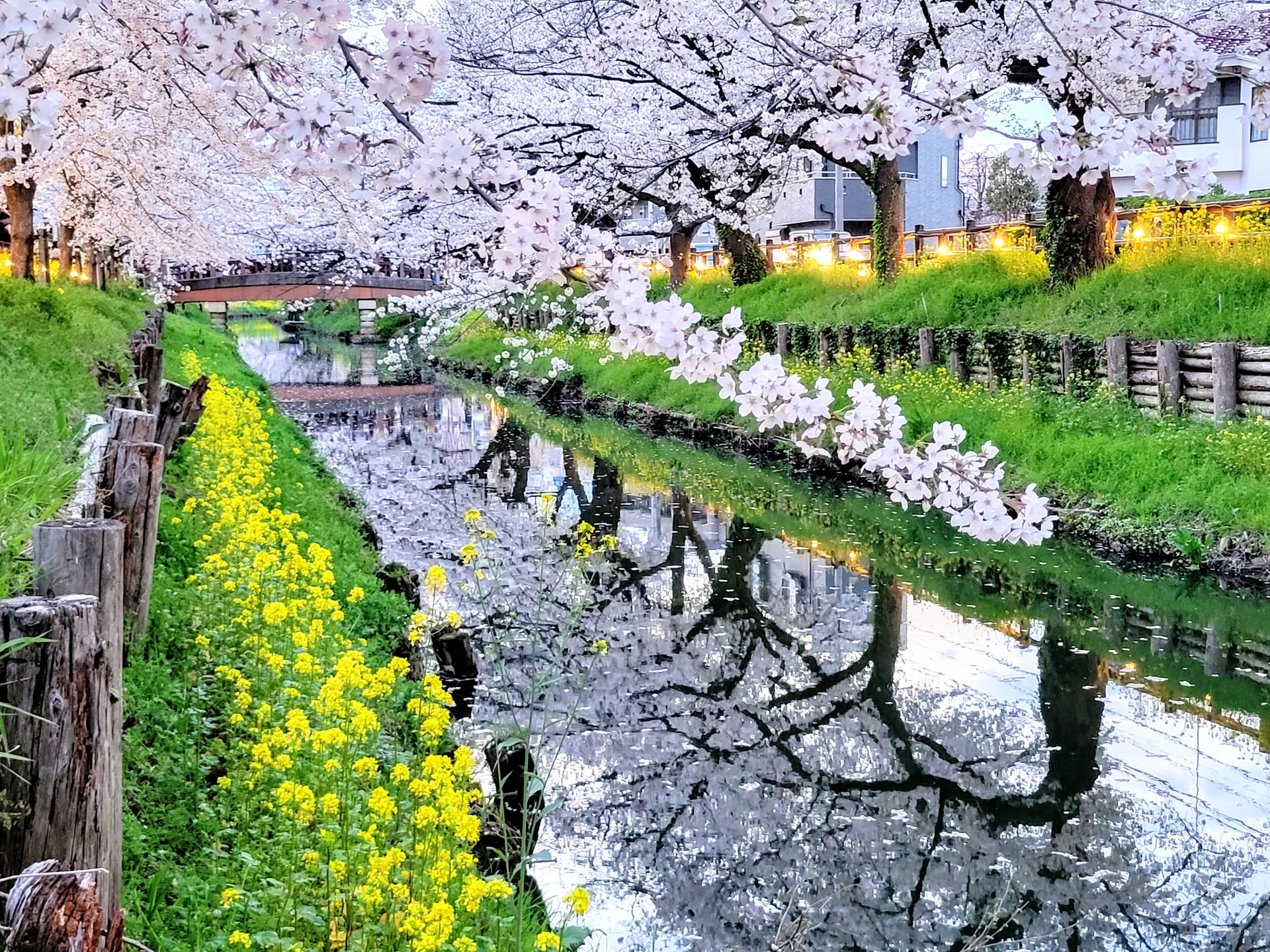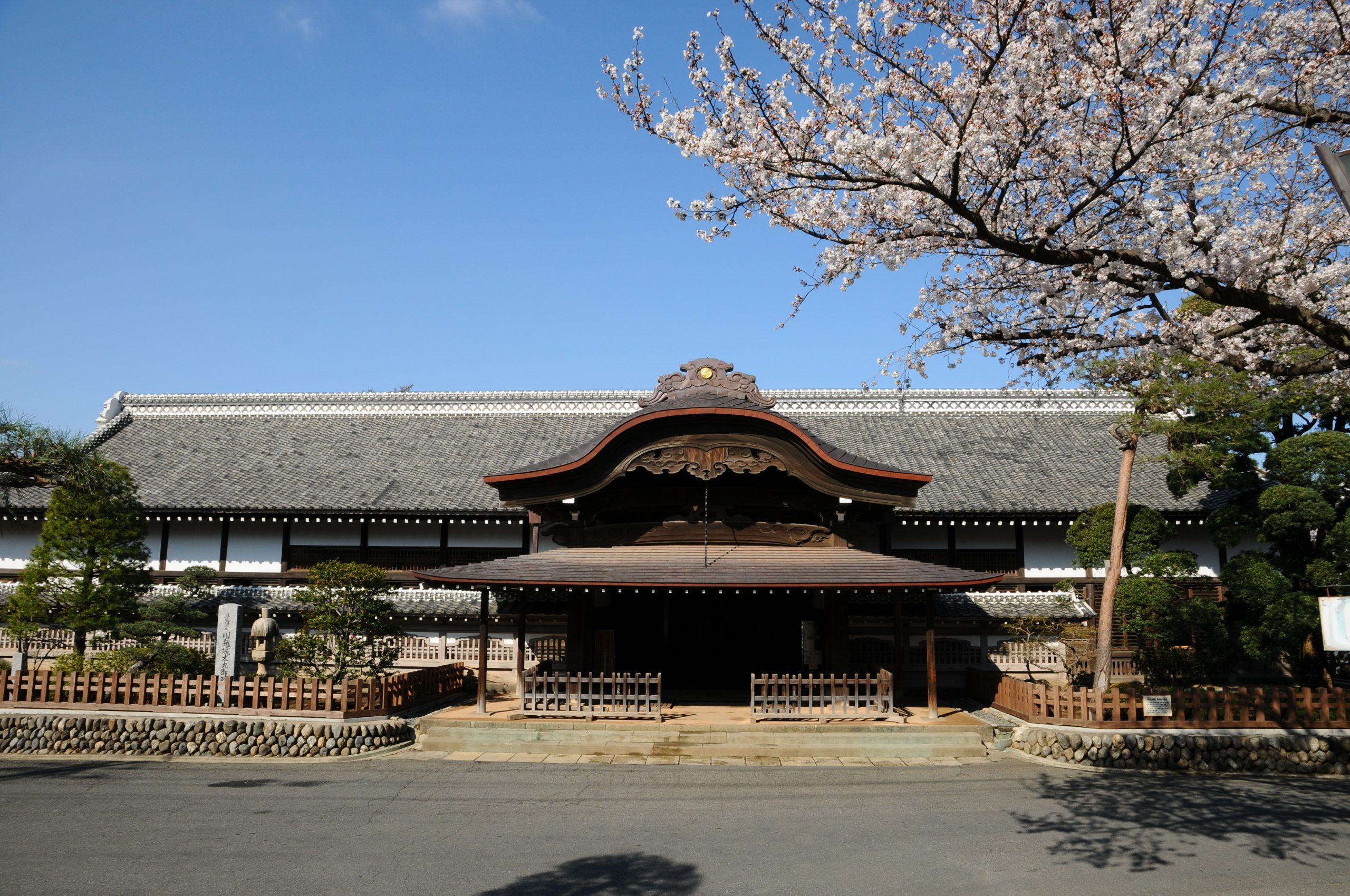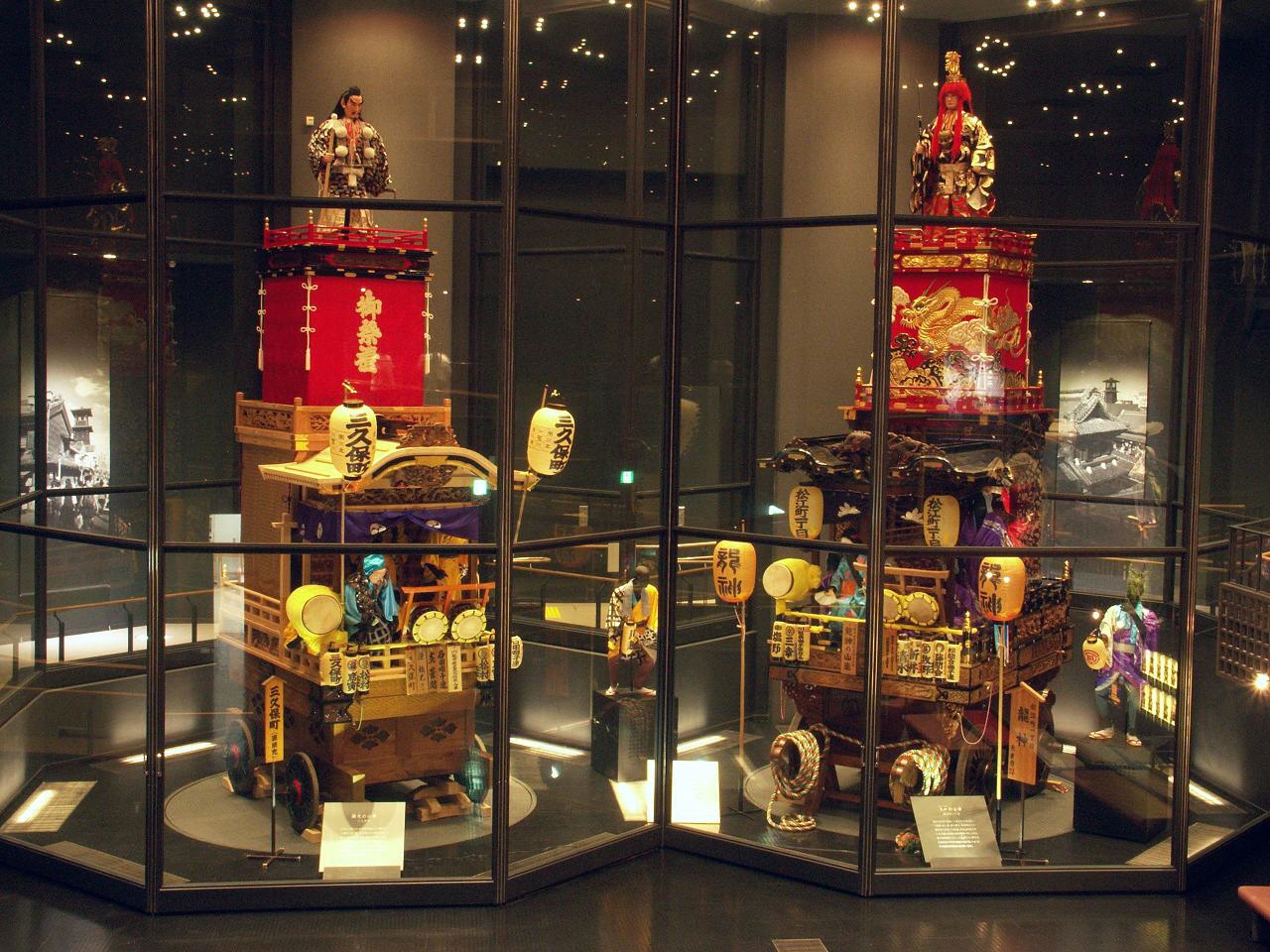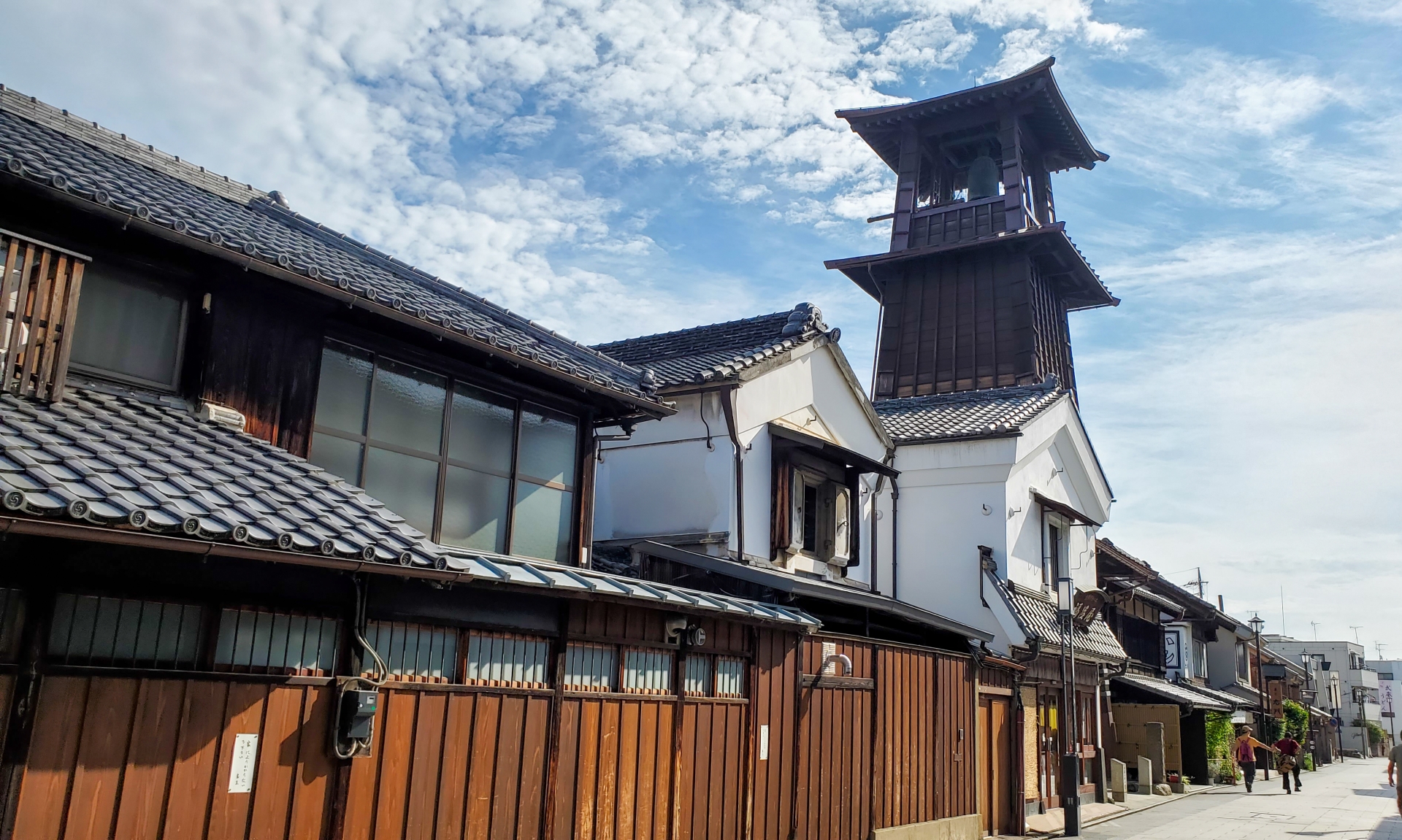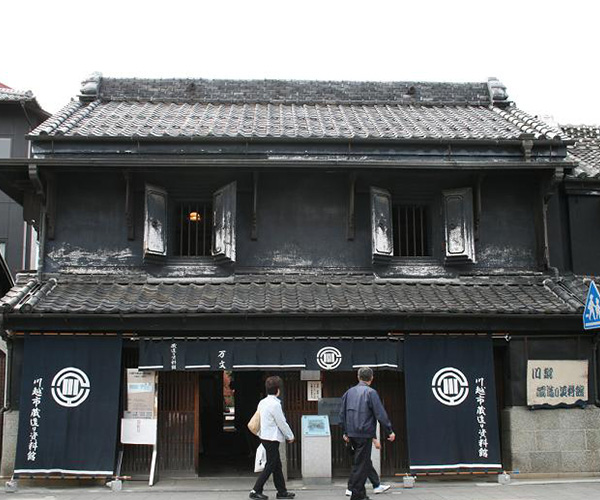Kawagoe Hikawa Shrine
sightseeing
The history of Kawagoe Hikawa Shrine goes as far back as the reign of Emperor Kinmei in the 6th century, and is said to have started with the separation of worship practices by the Ōmiya Hikawa Shrine, a part of Musashi Ichinomiya, when the cultural practice of building burial mounds was passed on to them. When Ōta Dōkan built a castle thereafter, it was revered as a Sōja, a shrine enshrining several gods, of this location. Kawagoe Hikawa Shrine is familiarly called “Ohikawa-sama.”
Basic Information
Business hours / Fee
Regular holiday
None
Fee
Free
How to get there
Public transport
Get off at “Kawagoe Station” of JR・Tobu Tojo Line then take the Tobu Bus headed for Shimmeichō. Get off at “Kitamachi” and walk for about 5 minutes
Car
About 15 minutes from "Kawagoe" Interchange of Kan-Etsu Expressway
Parking
Free: Yes
Fee: None
Fee: None

